Here at BU, in work led by Professor Tim Rees, we developed what Dr Simon Timson, Director of Performance for City Football Group, described as “the primary piece of empirical research that underpins talent identification, selection, confirmation, and development practice across Olympic, Paralympic and professional sport domains in the UK”. This work underpinned preparations for the Rio 2016 and Tokyo 2021 Games, and still permeates talent development programmes worldwide today. The research underpinned one of UoA24’s Impact Case Studies for REF 2021: “The development of athletic talent: Driving policy change in national sporting organisations.”
The first article from this project, published OA in the prestigious Sports Medicine, just reached 600 Google Scholar citations, with over 70,000 downloads. If you’re interested in a whirlwind tour of all we know about athletic talent development—despite being published in 2016—this is still a reasonably comprehensive overview.
Alongside working with UK Sport, the nation’s high-performance sports agency, this was part of a wider collaboration with colleagues at Bangor University, University College London, University of Kaiserslautern, University of Queensland, and Queens University.
Reference.
Rees, T., Hardy, L., Güllich, A., Abernethy, B., Côté J., Woodman, T., Montgomery, H., Laing, S., & Warr, C. (2016). The Great British medalists project: A review of current knowledge into the development of the world’s best sporting talent. Sports Medicine, 46(8), 1041-1058. https://doi.org/10.1007/s40279-016-0476-2 OA Link
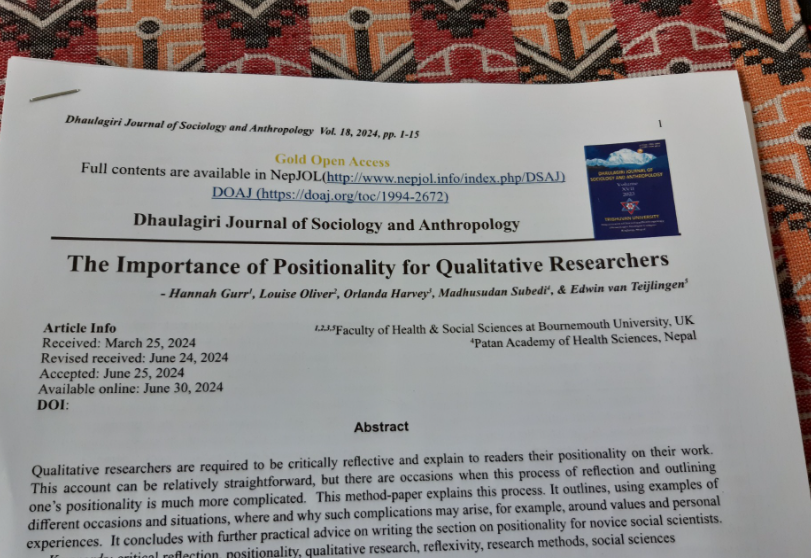
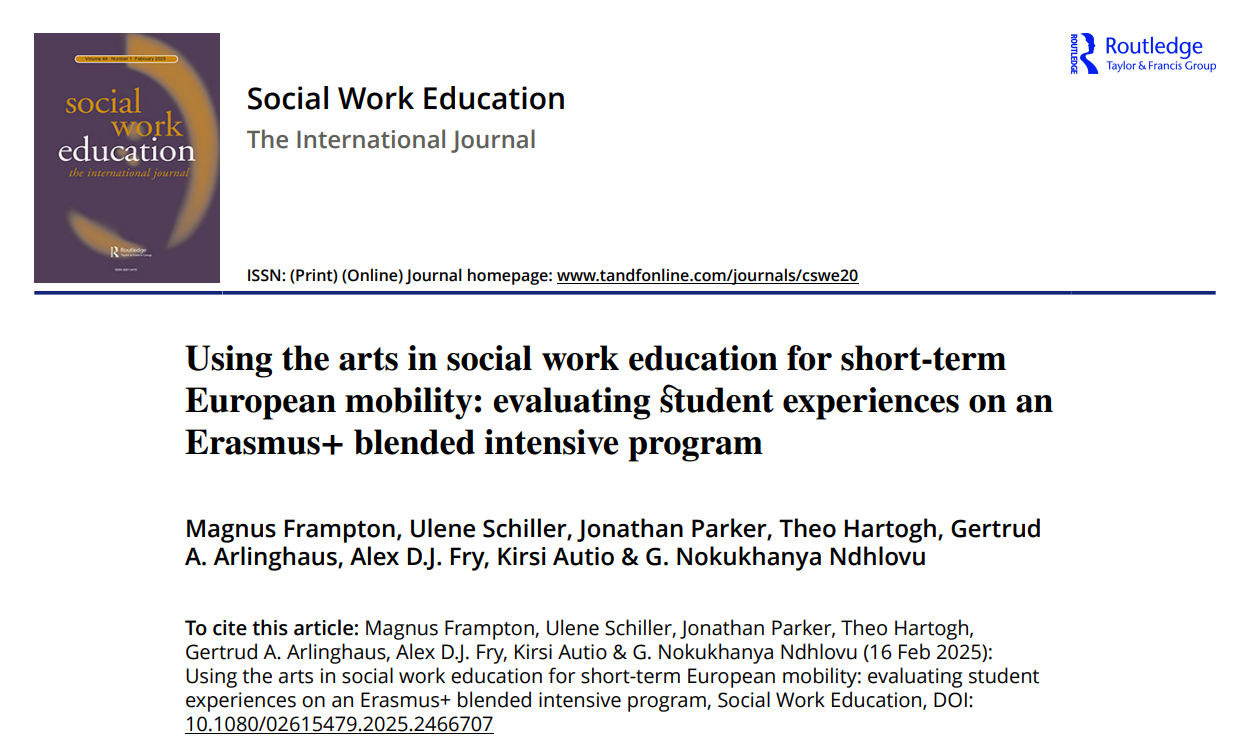
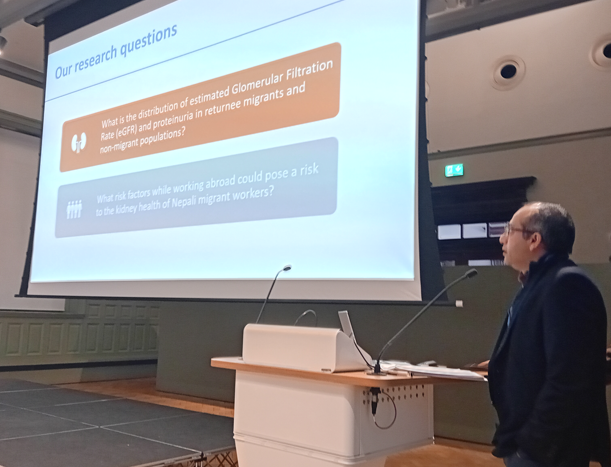

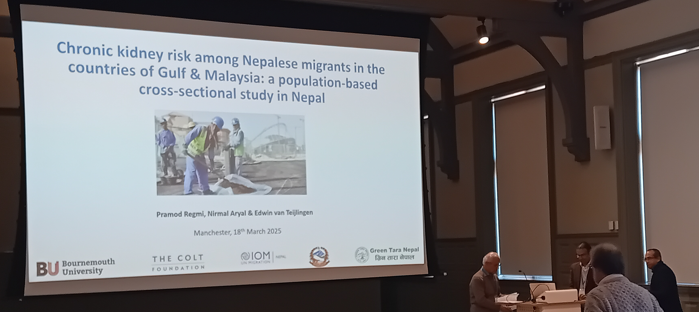


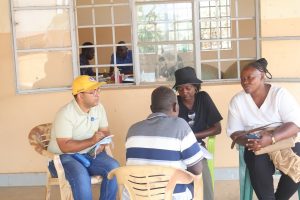
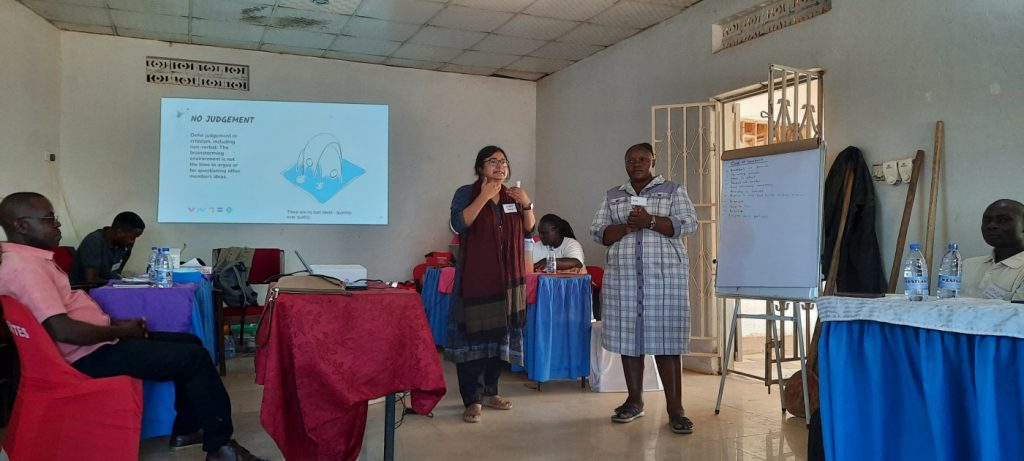


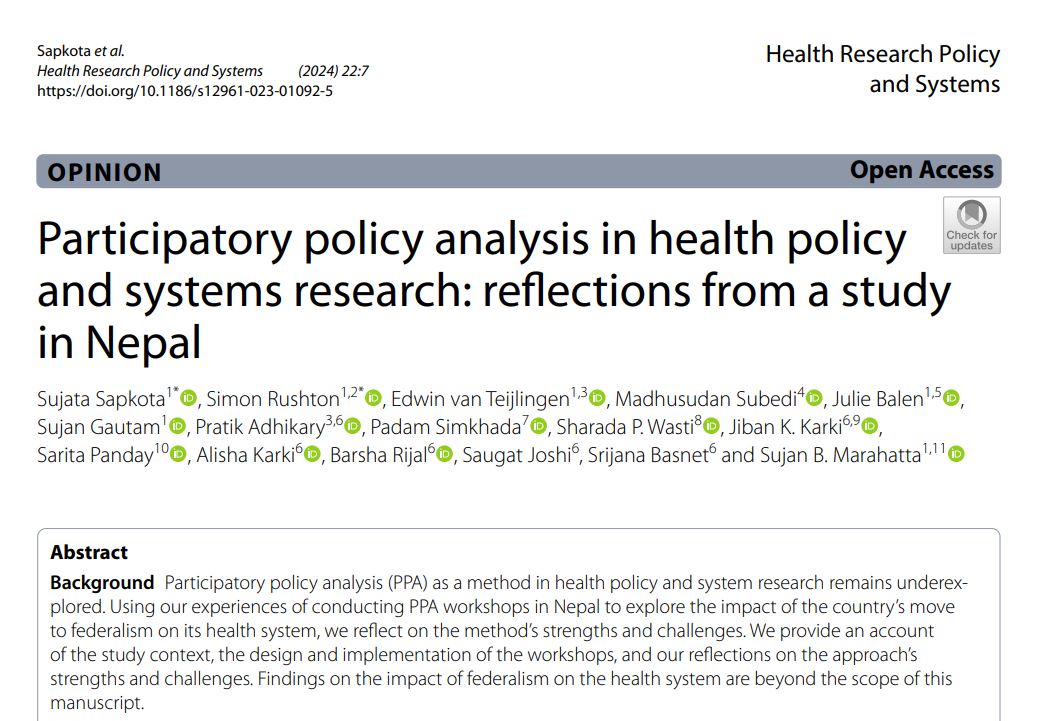
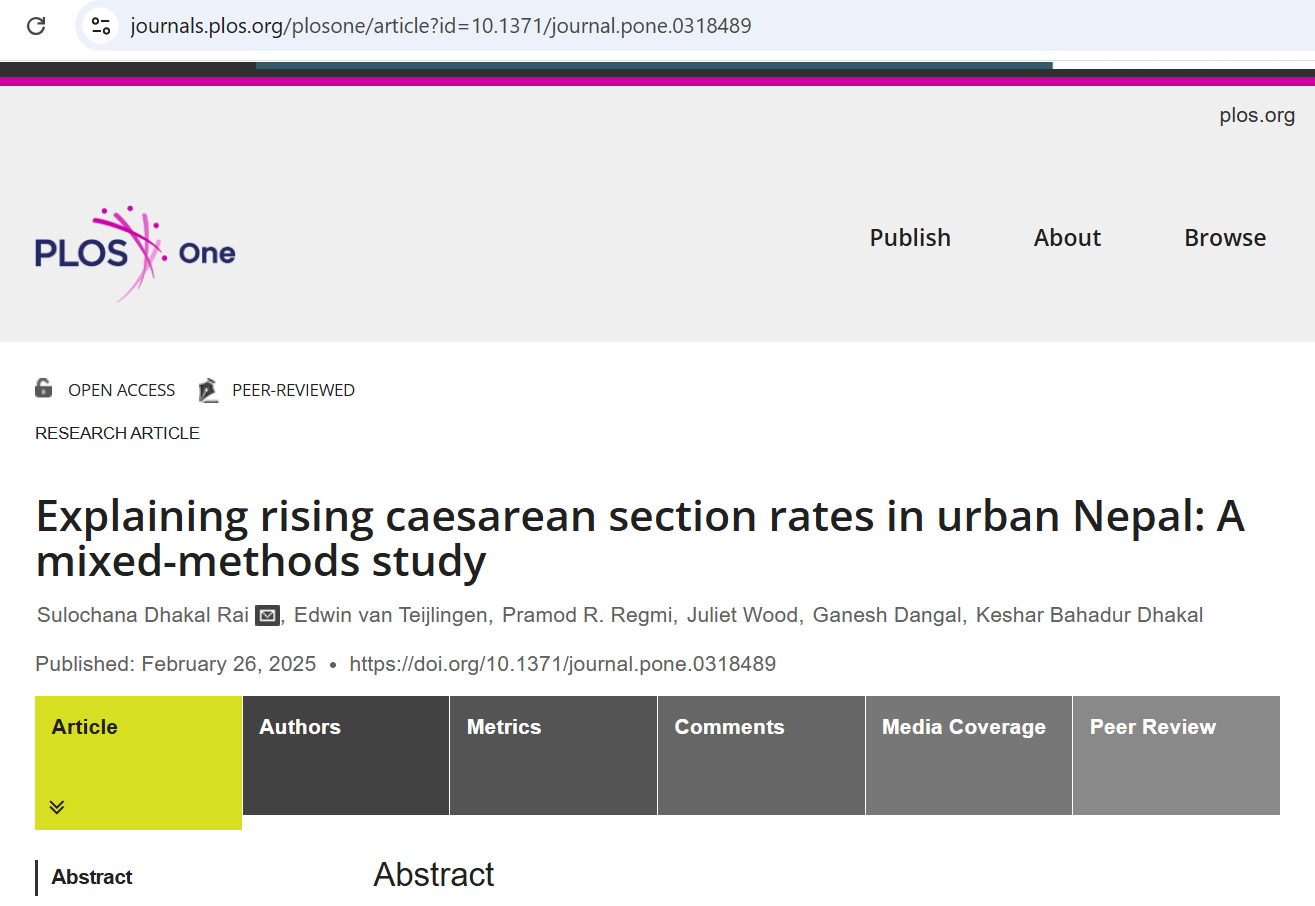




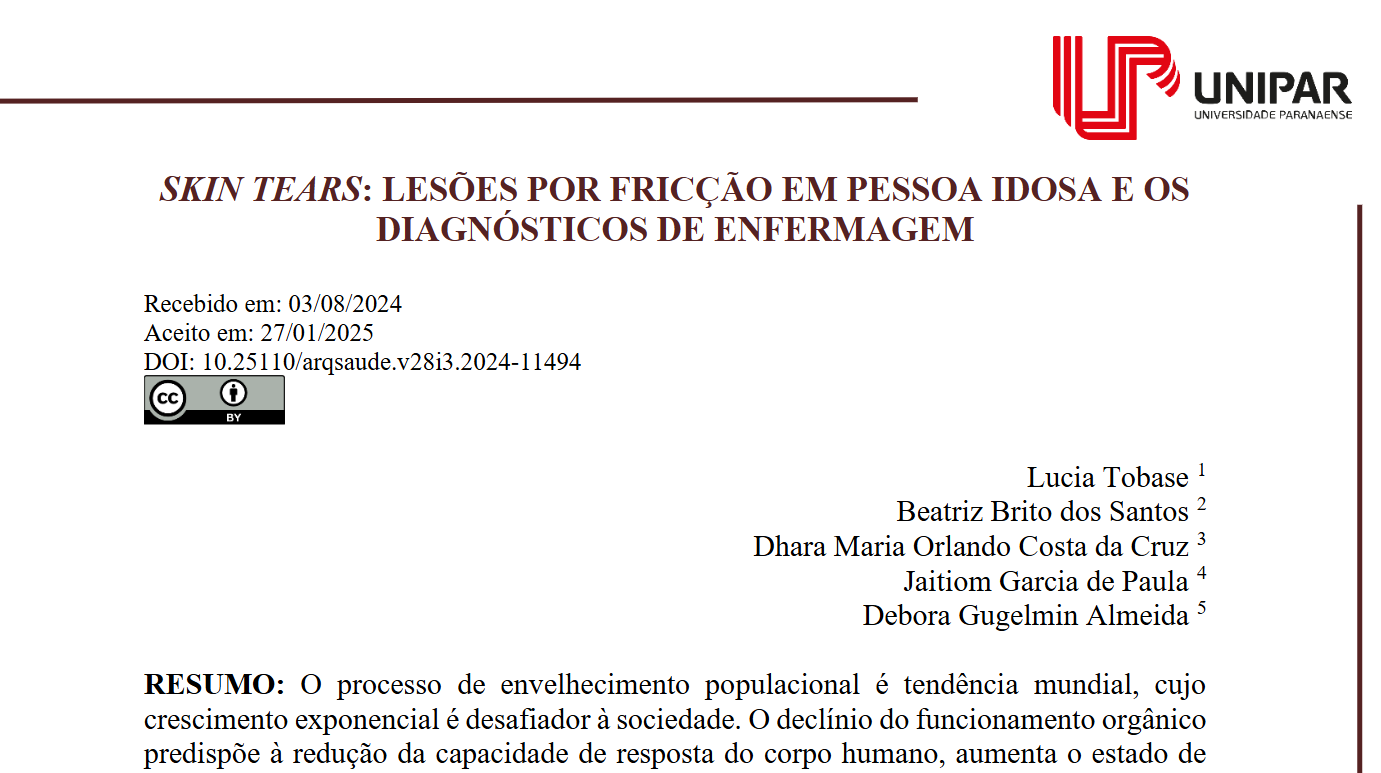




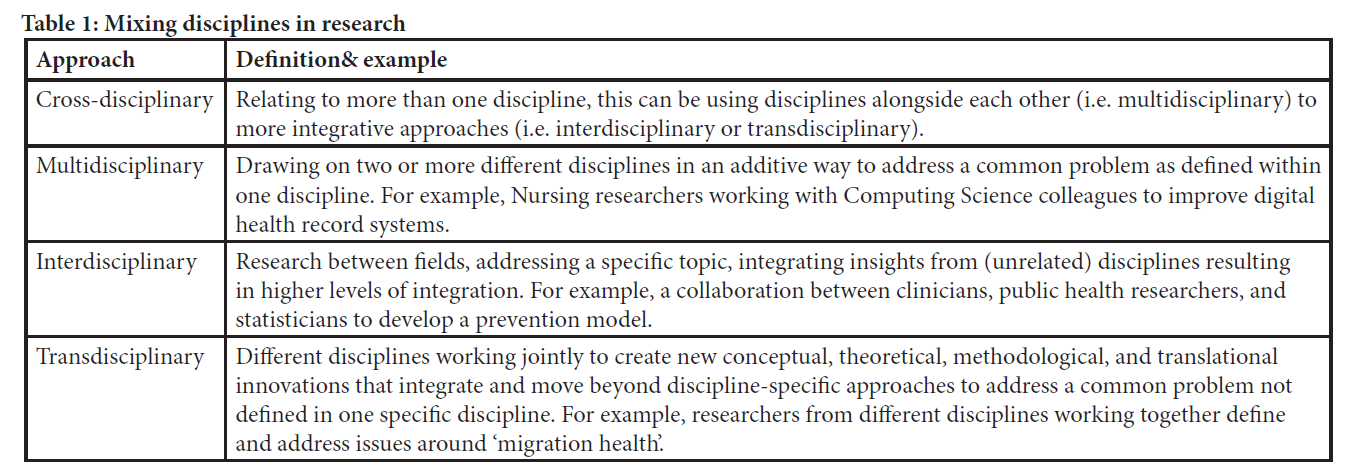


 Last month we reported on this Bournemouth University Research Blog (click here!) that Ms. Amshu Dhakal, presented findings from our Nepal Federal Health System Project in Nepal. Amshu’s presentation at the Nepal Health Conclave 2024, organised by the Ministry of Health and Population and supported by WHO (World Health Organization) Nepal and UNFPA, resulted in an online article in Nepal. This article in Nepali in Swasthya Khabar Patrika features lessons learnt and evidence from our research project “The Impact of Federalisation on the Health System of Nepal.”
Last month we reported on this Bournemouth University Research Blog (click here!) that Ms. Amshu Dhakal, presented findings from our Nepal Federal Health System Project in Nepal. Amshu’s presentation at the Nepal Health Conclave 2024, organised by the Ministry of Health and Population and supported by WHO (World Health Organization) Nepal and UNFPA, resulted in an online article in Nepal. This article in Nepali in Swasthya Khabar Patrika features lessons learnt and evidence from our research project “The Impact of Federalisation on the Health System of Nepal.”
 This is one of several news articles from this project which have appeared in both English and Nepali in national media in Nepal.
This is one of several news articles from this project which have appeared in both English and Nepali in national media in Nepal.  Our interdisciplinary research project ‘
Our interdisciplinary research project ‘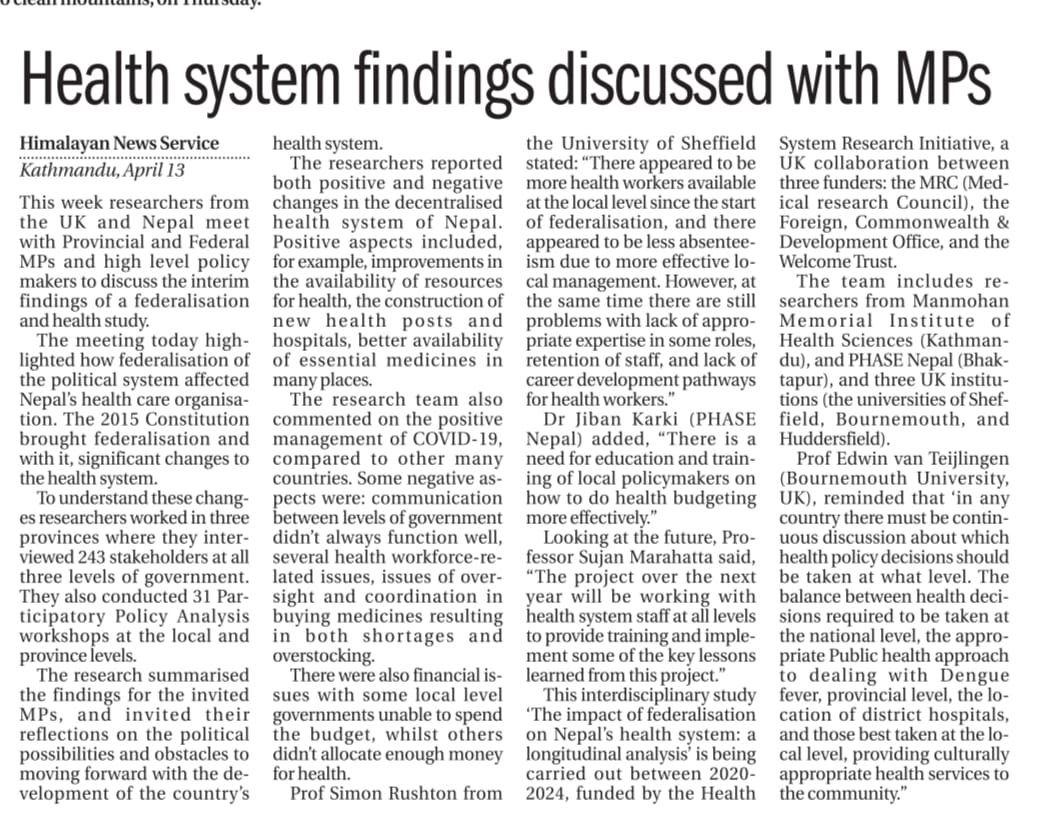
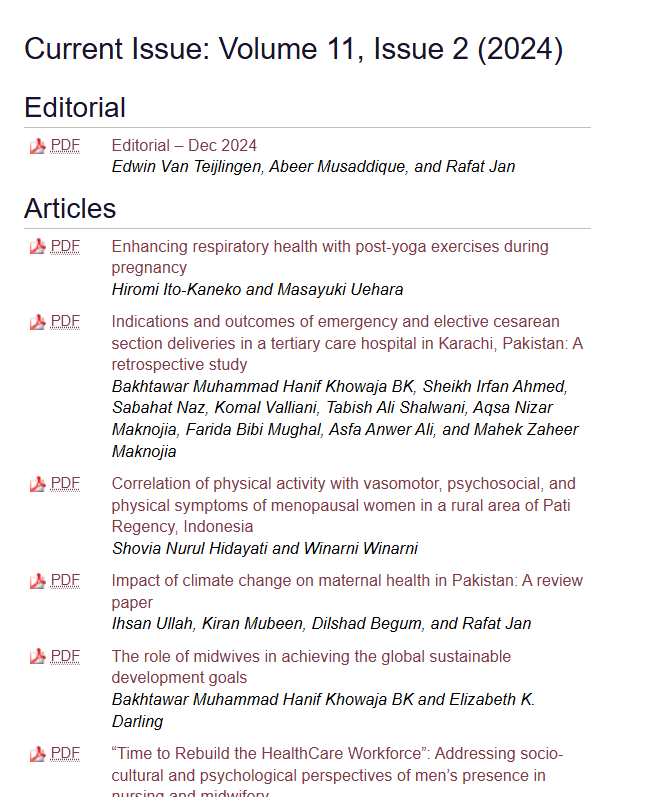

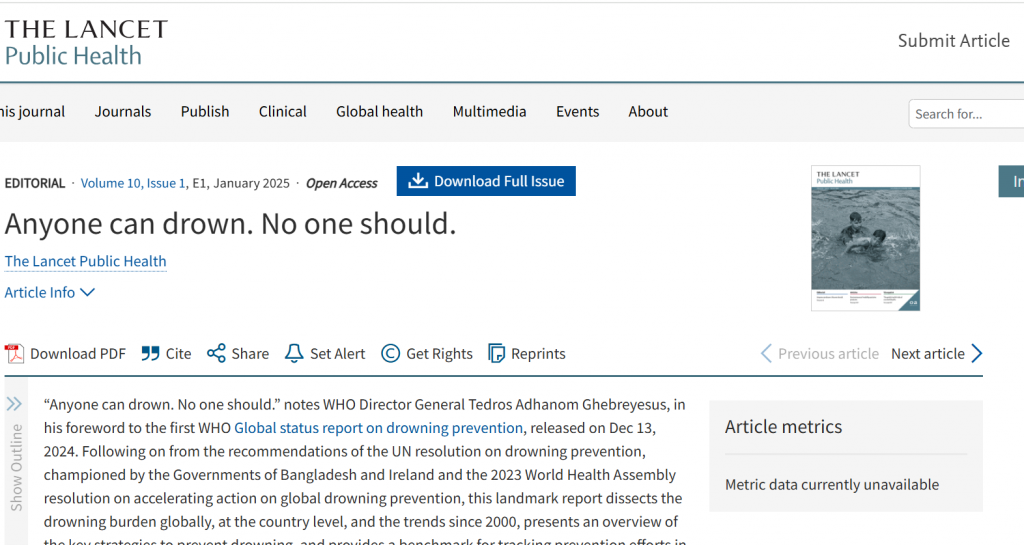
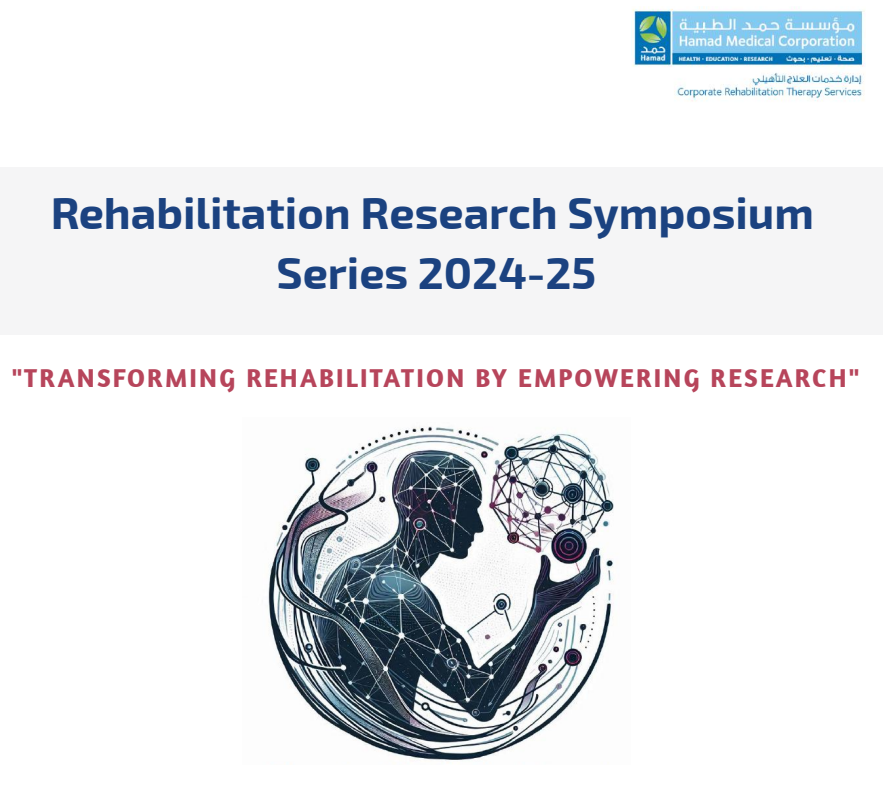
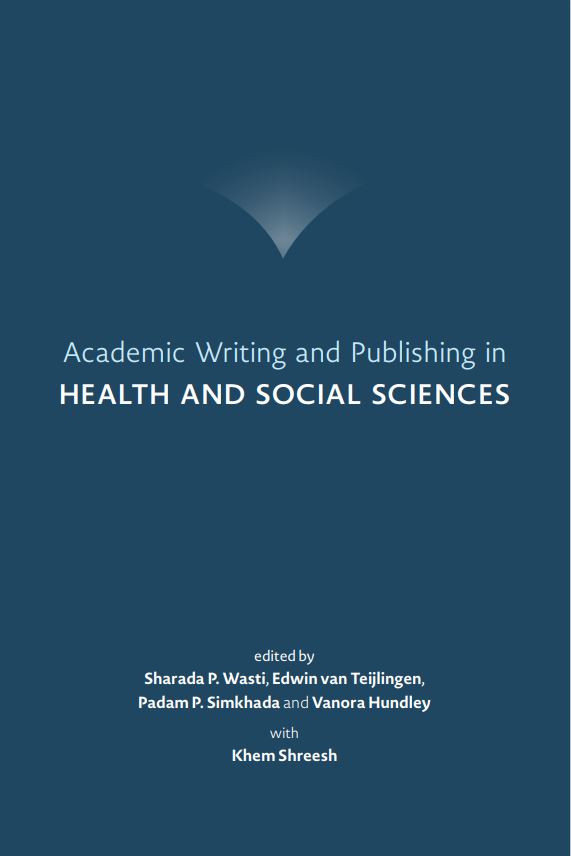
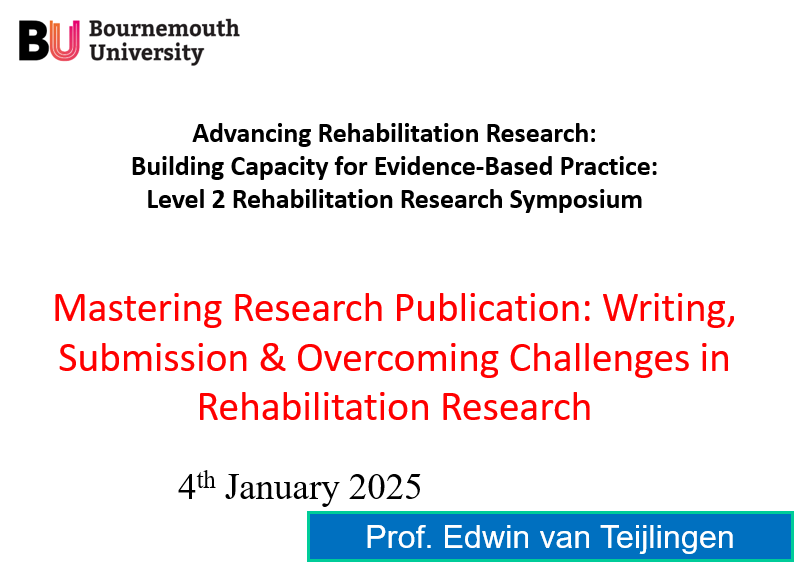











 New Nepal scoping review on maternal & neonatal health
New Nepal scoping review on maternal & neonatal health Fourth INRC Symposium: From Clinical Applications to Neuro-Inspired Computation
Fourth INRC Symposium: From Clinical Applications to Neuro-Inspired Computation Writing policy briefs
Writing policy briefs Upholding Excellence: The Concordat to Support Research Integrity
Upholding Excellence: The Concordat to Support Research Integrity ECR Funding Open Call: Research Culture & Community Grant – Application Deadline Friday 12 December
ECR Funding Open Call: Research Culture & Community Grant – Application Deadline Friday 12 December MSCA Postdoctoral Fellowships 2025 Call
MSCA Postdoctoral Fellowships 2025 Call ERC Advanced Grant 2025 Webinar
ERC Advanced Grant 2025 Webinar Horizon Europe Work Programme 2025 Published
Horizon Europe Work Programme 2025 Published Horizon Europe 2025 Work Programme pre-Published
Horizon Europe 2025 Work Programme pre-Published Update on UKRO services
Update on UKRO services European research project exploring use of ‘virtual twins’ to better manage metabolic associated fatty liver disease
European research project exploring use of ‘virtual twins’ to better manage metabolic associated fatty liver disease